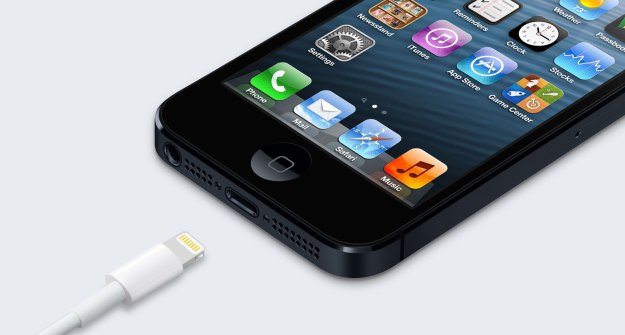 5848
5848
 2016-12-06
2016-12-06
Apple’s decision to charge $19 for a charger and then $19 for a cable to plug in has had the effect you’d expect on the world: everyone just buys knockoff chargers off Amazon instead.
But although most chargers you buy off the internet will work just fine most of the time, a series of recent tests have shown that there’s real danger to having a fake charger plugged in at home.

The independent UL laboratory ran a series of basic electrical safety tests on fake chargers bought online from stores around the world. The results weren’t good: of the 400 counterfeit Apple chargers purchased, 397 failed a basic safety test conducted by the UL laboratory:
"In total, we tested 400 adapters and the results were literally shocking. The overall failure rate exceeded 99 percent. All but three failed our basic safety tests and were fire and shock hazards. Twelve were so poorly designed and constructed that they posed a risk of lethal electrocution to the user."
So that doesn’t mean the chargers will definitely shock you; rather, if a power surge hits your house, it’s likely to fry your phone at best, or cause a fire at worst.
This isn’t some kind of impossible bogeyman, either. We see pictures all the time of people who have been burned by faulty batteries or chargers while charging their smartphones overnight, and the Galaxy Note 7 debacle is a good reminder of how much damage a low-voltage electrical device can do.
To avoid buying a counterfeit charger or accessory, you might want to take a look at Apple’s guide to spotting fake products. The company has an entire support pagededicated to telling the difference between fake cables and the real thing. It’s also worth mentioning that there are two different standards to look for here. Apple produces and sells its own iPhone accessories, but it also certifies third-party accessories (although not the standard USB-to-Lightning cable!) under the “Made for iPhone” program. Under the terms of that agreement, manufacturers pay a licensing fee to Apple to use the Lightning port and Apple’s proprietary design and circuitry. That makes accessories more expensive, but it also makes them far more likely to work correctly.

The logo should be found on the packaging of any officially certified accessory, like battery chargers, cases, docks or speakers — basically, anything that attaches to your iPhone. There’s one exception to this, though — Apple doesn’t certify any USB-C to Lightning cables, so any of those with an “Made for iPhone” logo is guaranteed to be fake.
As for spotting counterfeit cables against the genuine Apple product, there’s plenty of details on Apple’s site.
“An Apple Lightning to USB cable has “Designed by Apple in California” and either “Assembled in China,” “Assembled in Vietnam,” or “Indústria Brasileira” on the cable about seven inches from the USB connector. You’ll see a 12-digit serial number at the end of this text.”
When it comes to the wall chargers themselves, the most important thing to look for are the UL and CE markings that those testing bodies put on devices, and to buy from a reasonably reputable source. You don’t have to buy the genuine, made-by-Apple product; just make sure you’re buying a charger that’s been appropriately tested, puts out 2.1A of current, and doesn’t have strange writing on the side.

Check 3uTools wrote before: Should Use Your iPad Adapter to Charge for iPhone?
Source: bgr